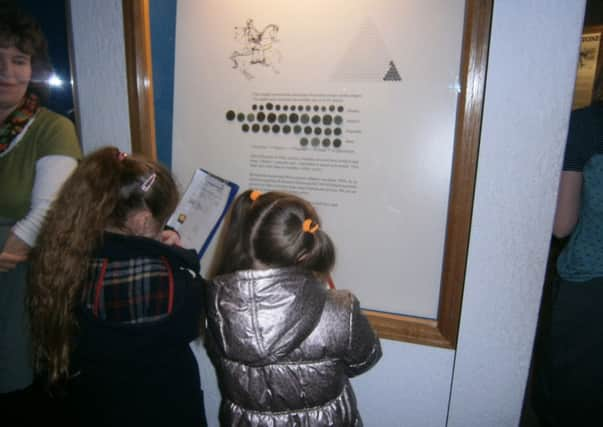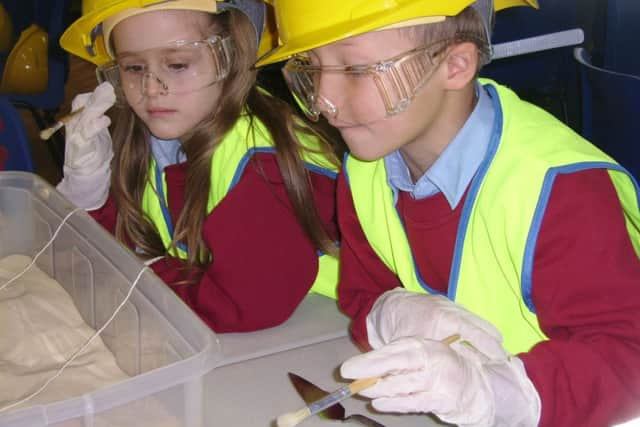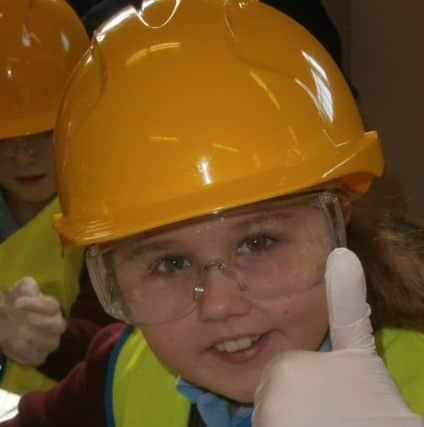Worthing schoolchildren become archaeologists to learn about the past


I thought back to the last school group we had visiting the museum to learn about Romans and wondered if they had the same problems with their (wax) tablets...
We are in a very lucky position at the museum, in that we have lots of really exciting artefacts to show, and stories to tell school groups and young visitors.
Advertisement
Hide AdAdvertisement
Hide AdIn the last few months we have examined Victorian toys, explored Anglo-Saxon artefacts and discovered the secrets of Cissbury Ring.


Throughout these investigations, there seems to have been a noticeable shift from the ‘what?’, to the ‘how?’.
When visiting the museum, children are frequently coming with a good knowledge of the topic that they have been studying in the classroom, and our role has turned to helping them find out how we know about the past.
Frequently, they explore the job of a curator or an archaeologist, searching objects for clues and gaining a real insight into these roles.
Advertisement
Hide AdAdvertisement
Hide AdThanks to the new national curriculum, our archaeology collection has become a particular focus for school groups. With seven and eight-year-olds now in line to learn about life in the Stone Age, more than 7,000 years ago, the museum can help children gain an understanding of what happened when, by exploring how an archaeologist finds and uses artefacts.


An exploration of Cissbury Ring proved the perfect example to introduce children to the work of an archaeologist.
Home to neolithic flint mines dating back to 3000 BC, Cissbury Ring was the centre of industry, producing flint, essential to the neolithic people’s way of life.
This was not discovered until archaeologists visited the area in the 19th century.
Advertisement
Hide AdAdvertisement
Hide AdOne of the most famous archaeologists, Colonel Lane-Fox (more commonly known as General Pitt Rivers), visited Cissbury Ring and began a major investigation in 1867/68, to determine its chronology.
Throughout the century, archaeologists discovered that the site was also home to an iron-age hill fort, Roman settlement, Saxon royal mint, 16th century Easter festival, advanced infantry post during the Napoleonic wars, and it has since been used as a Second World War military site.
By becoming archaeologists, children visiting the museum get to examine objects, and work out what they tell us about life in the past.
By using the archaeological concept of stratigraphy – put simply, the deeper we dig, the older we find – children can gain a good understanding of a timeline that can seem unrelatable from the outset.
Advertisement
Hide AdAdvertisement
Hide AdThis wouldn’t have been possible without funding from Arts Council England (ACE), who has, in the first instance, funded a consultation phase for the museum, in association with Rustington museum and Littlehampton museum, to establish what schools need from us and how we can support them with the introduction of the new national curriculum.